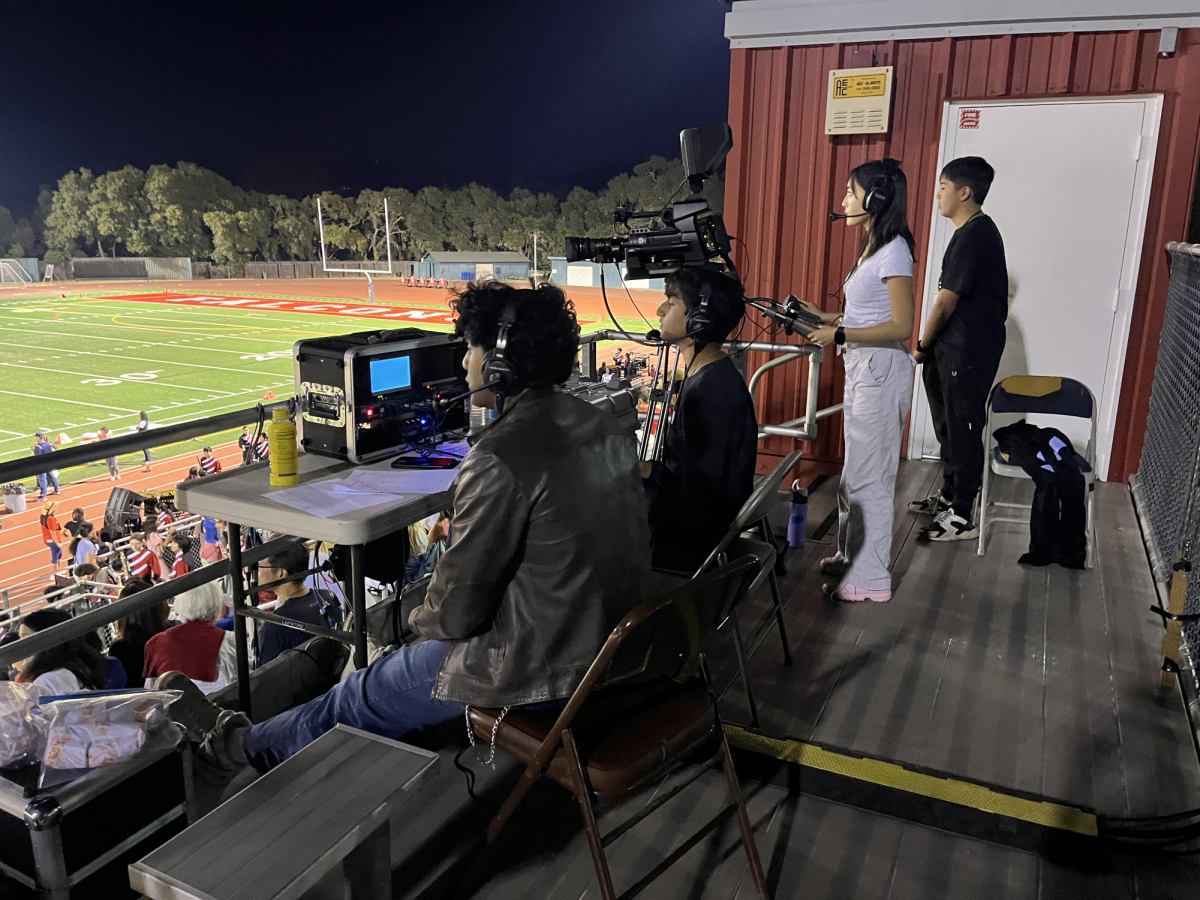A world history teacher lectures at the front of the classroom about the horrible conditions of trench warfare during World War I. Addressing the class, she says, “As you all have read in the book ‘All Quiet on the Western Front,’ life in the trenches can be pretty terrible.”
Half the class shudders as they remember the vivid images of trench life described in the book they were reading in their sophomore English classes. In contrast, the other half stares at their teacher in confusion; they are not reading “All Quiet on the Western Front” this year at all.
Because of the variation in curricula between English and history classes, students often miss out on the benefits of learning about the past through the literature associated with it.
Currently, English department head Natasha Ritchie said there is no statewide required reading list for teachers. Rather, each English teacher selects a set of books for his or her class based on their own educational expertise, curricular plan and available resources. However, Ritchie said english teachers within each grade level generally agree on what units to teach, such as one shakespeare play, one war novel, etc. per year.
Although literature selection may vary, the majority of the books read in junior English classes are historical fiction, including “All Quiet on the Western Front,” “The Great Gatsby” and “Grapes of Wrath.” However, not all teachers choose for their students to read the same books at the same time.
Similarly, although the history curriculum at the school stays mostly the same from class to class in an effort to meet state standards, the order in which material is covered changes drastically depending on the teacher.
The problem with this lack of alignment between English and history classes is that it can produce radically different educational experiences for students. For example, some sophomore world history classes learned about World War I first semester, while others are learning about it second semester while reading “All Quiet on the Western Front.”
Reading about historical events in literature can be instrumental to getting a different perspective on the material covered in history classes. Students who miss out on this new perspective are limited to the third-person summary that history textbooks provide. As a result, these students may not have enough information to fully understand how the events of the past affected real people during that time period.
The opposite is true as well. Learning about historical events helps enhance students’ understanding of the historical background of the books they read in English.
Standardizing the English and history curriculums would also enhance students’ educational experiences outside of the classroom by encouraging more thought-provoking conversations between peers studying the same material. In contrast, when students are learning completely different things at different times, they do not have the same liberty to help each other understand the material, impairing the community learning environment.
In order to ensure equal learning opportunities for all students, the school should take active steps to standardize the English literature selection in collaboration with the history curriculum. With the introduction of Common Core standards in 2012, the release of new recommended reading lists will open the door to coordination within the departments, and simplify collaboration across departments.
The perfect model of this system is the MAP program. Each year, students in the MAP program take one English class and one history class that cover their material in correlation with each other. This organization of the curriculum ensures that all MAP students have access to virtually the same education and learn the same material at the same time.
However, a student should not have to be part of the MAP program in order to reap the same benefits. If the school were to adopt a MAP-like approach to the standard English and social studies courses, students would not only learn better, but also appreciate the lessons they learn in school.




























